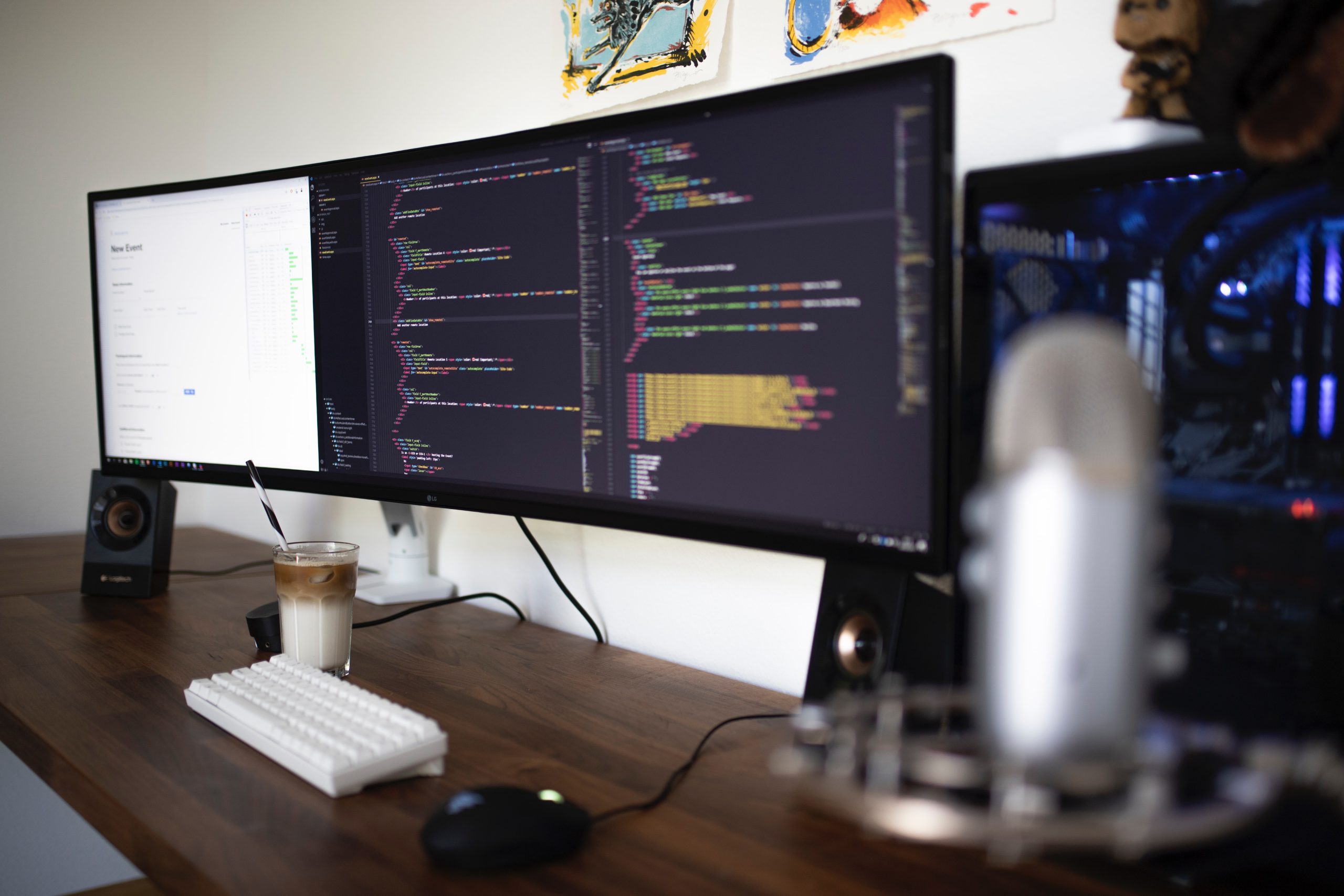Artificial Intelligence (AI) has revolutionized the way we think about technology and its potential applications. The most promising of these technologies is deep learning, which is a branch of AI that is capable of understanding complex data. Deep learning can be used for many tasks, including computer vision, natural language processing, and robotics. In this blog post, we will explore the possibilities of deep learning and how it can be applied to create solutions to real-world challenges. We will look at what deep learning is, some of the practical applications it has already enabled, and why it’s important to continue exploring its possibilities.
The Different Types of Deep Learning
Deep learning is a branch of machine learning that is inspired by the brain’s structure and function. Deep learning models are built to simulate the workings of the brain, and they are capable of learning complex tasks. There are different types of deep learning, and each type has its own advantages and disadvantages.
The most common types of deep learning are convolutional neural networks (CNNs), recurrent neural networks (RNNs), and long short-term memory networks (LSTMs). CNNs are good at recognizing patterns in data, RNNs are good at modeling sequences of data, and LSTMs are good at remember long-term dependencies. Each type of deep learning network has its own strengths and weaknesses, so it is important to choose the right type for the task at hand.
CNNs are the most popular type of deep learning network. They are good at recognizing patterns in images, and they have been used for tasks such as object detection and image classification. CNNs are also good at making predictions based on sequences of data, such as in stock market prediction or weather forecasting. However, CNNs struggle with some tasks, such as natural language processing (NLP).
RNNs were designed to model sequential data, such as time series data or text. They have been used for tasks such as machine translation and speech recognition. RNNs can handle long-term dependencies better than other types of deep learning networks, but they struggle with parallel
How can I get started with Deep Learning?
There are a number of ways to get started with deep learning. One way is to find online courses or tutorials that can introduce you to the basics of deep learning. Another way is to download one of the many open source deep learning frameworks, such as TensorFlow, PyTorch, or Keras. These frameworks will allow you to design and train your own deep learning models. Finally, there are a number of companies that offer cloud-based deep learning services, such as Amazon Web Services, Google Cloud Platform, and Microsoft Azure.
Pros and Cons of Deep Learning
There are many potential applications for deep learning, but there are also some disadvantages that should be considered. One advantage of deep learning is that it can be used to automatically generate features from data. This can be helpful when working with high-dimensional data, where manual feature engineering is difficult or impossible. Additionally, deep learning models are often more accurate than traditional machine learning models because they can learn complex non-linear relationships. However, deep learning models can also be more difficult to train and require more data than other methods. They can also be less interpretable than other methods, making it difficult to understand why the model is making certain predictions.
Conclusion
Deep learning is a powerful technology that promises to revolutionize how we understand and interact with the world. With its ability to process large amounts of data quickly, deep learning can uncover insights and patterns that would otherwise remain hidden. We are still in the early stages of exploring all the possibilities that deep learning has to offer, but it is clear that these possibilities will be immense. From helping us better understand our environment and make predictions about future events, to optimizing decisions for businesses and providing more personalized services for individuals – deep learning could change our lives dramatically in coming years.










